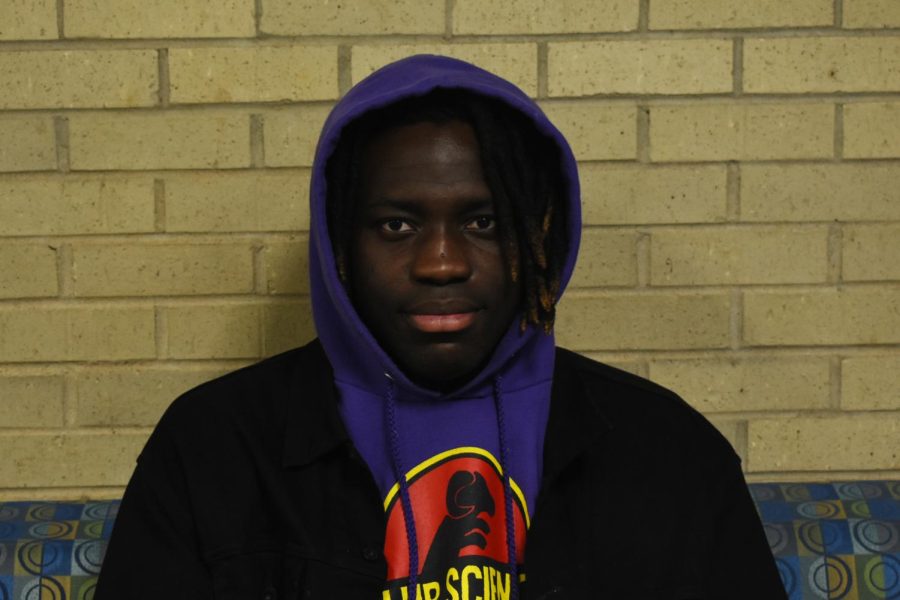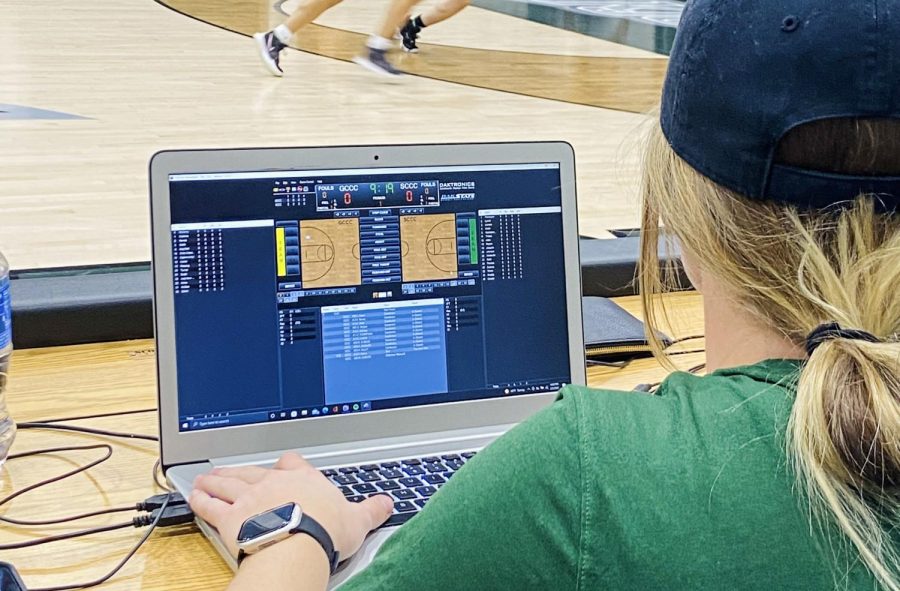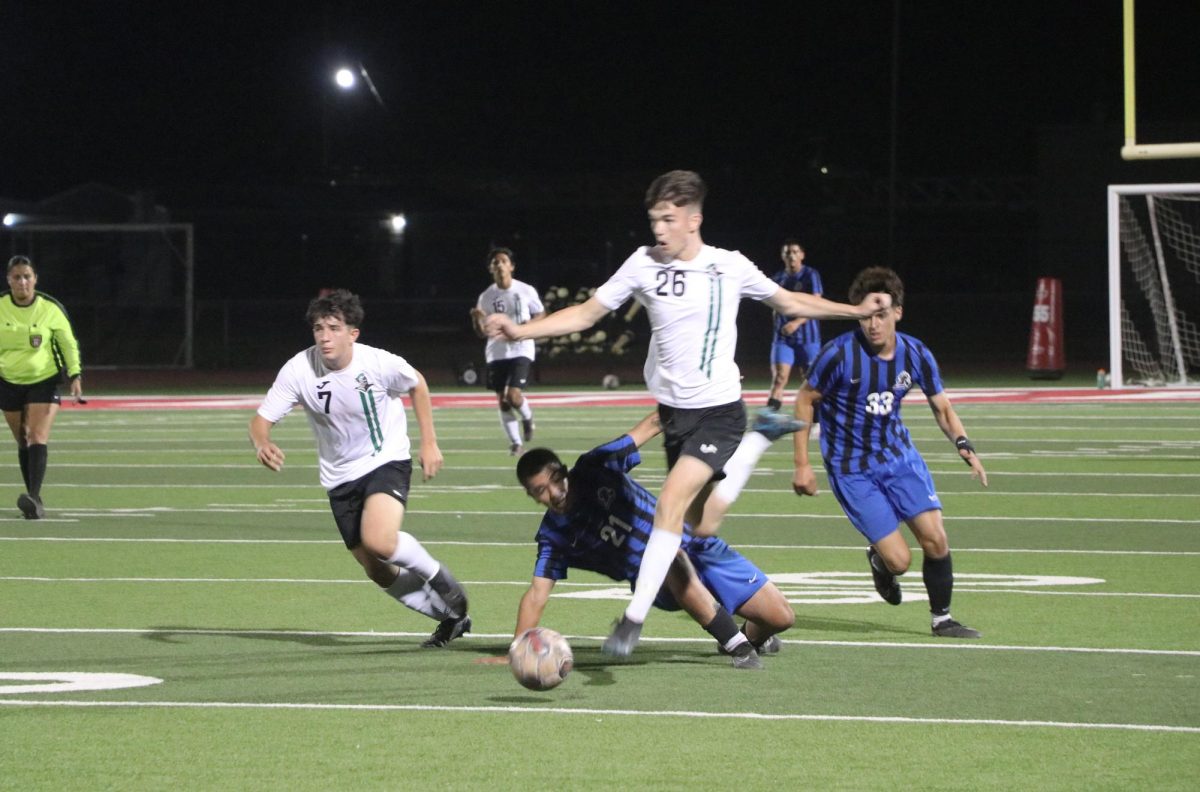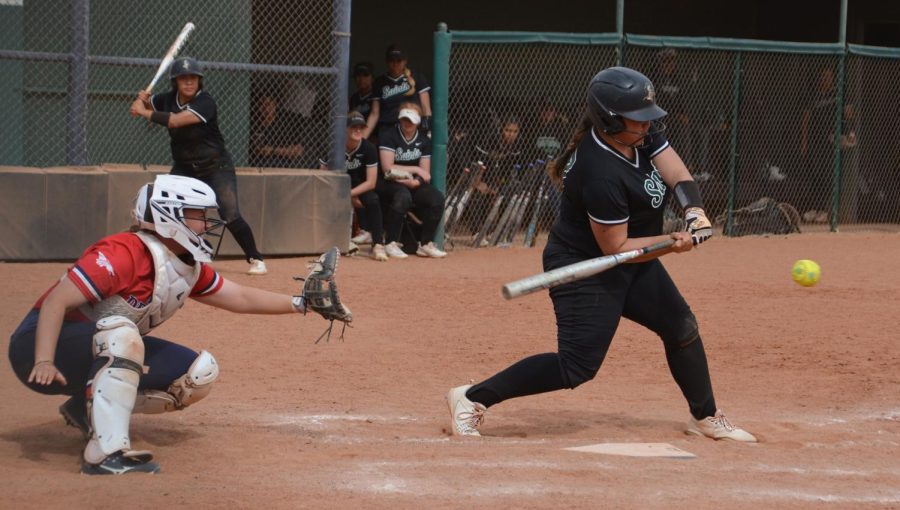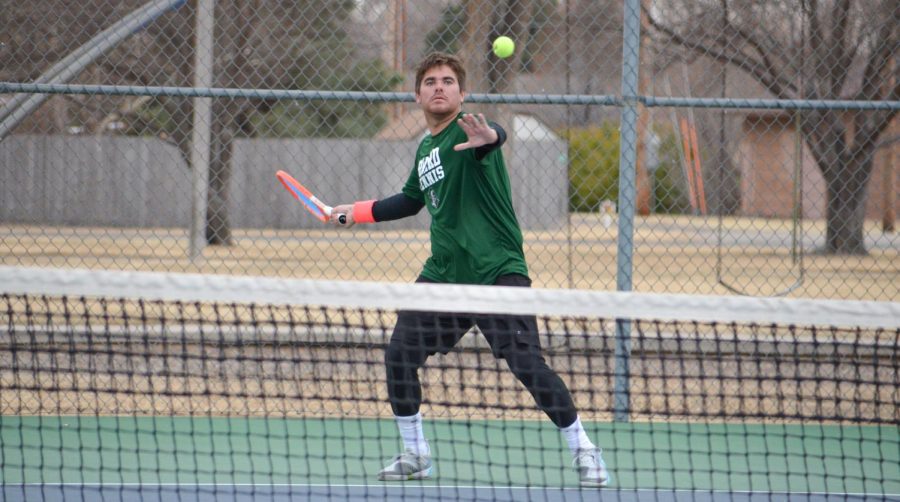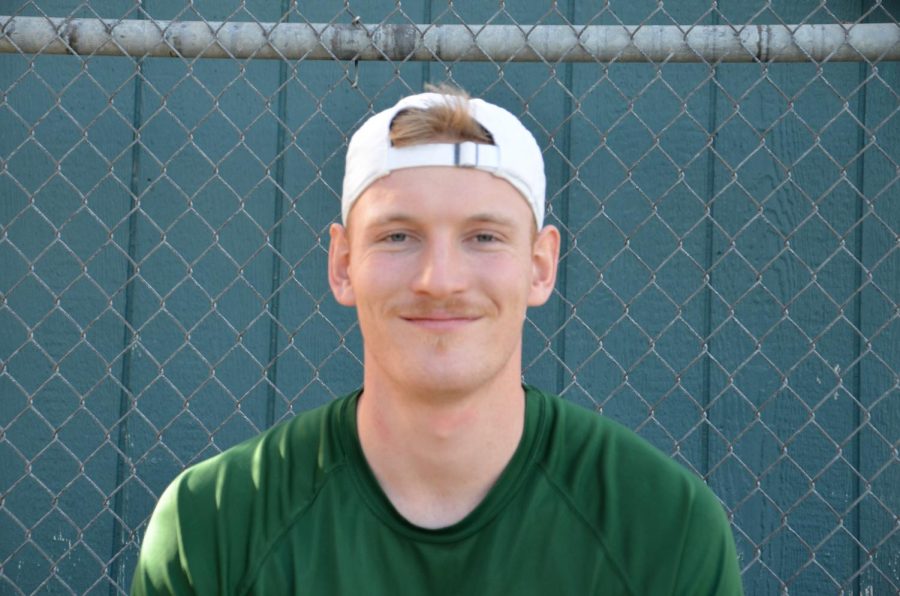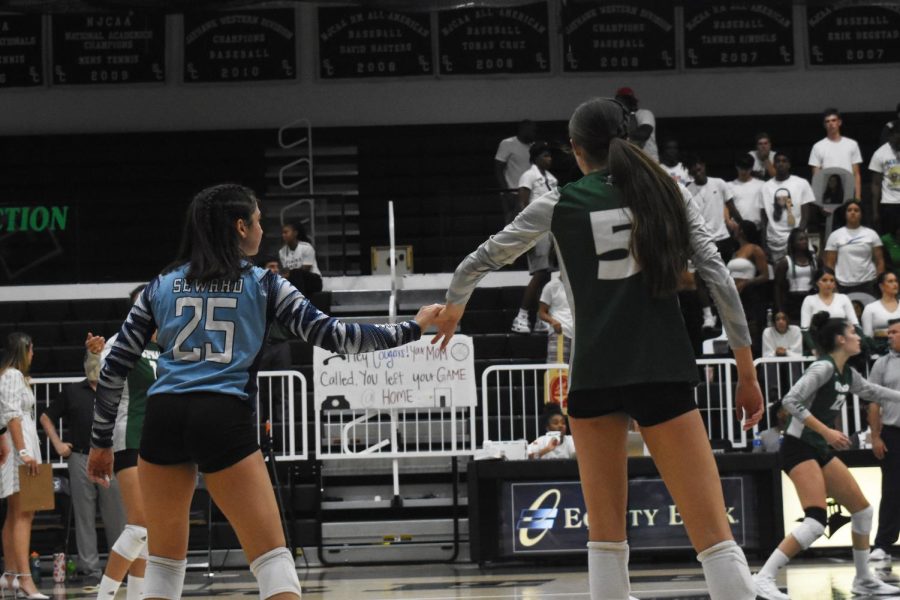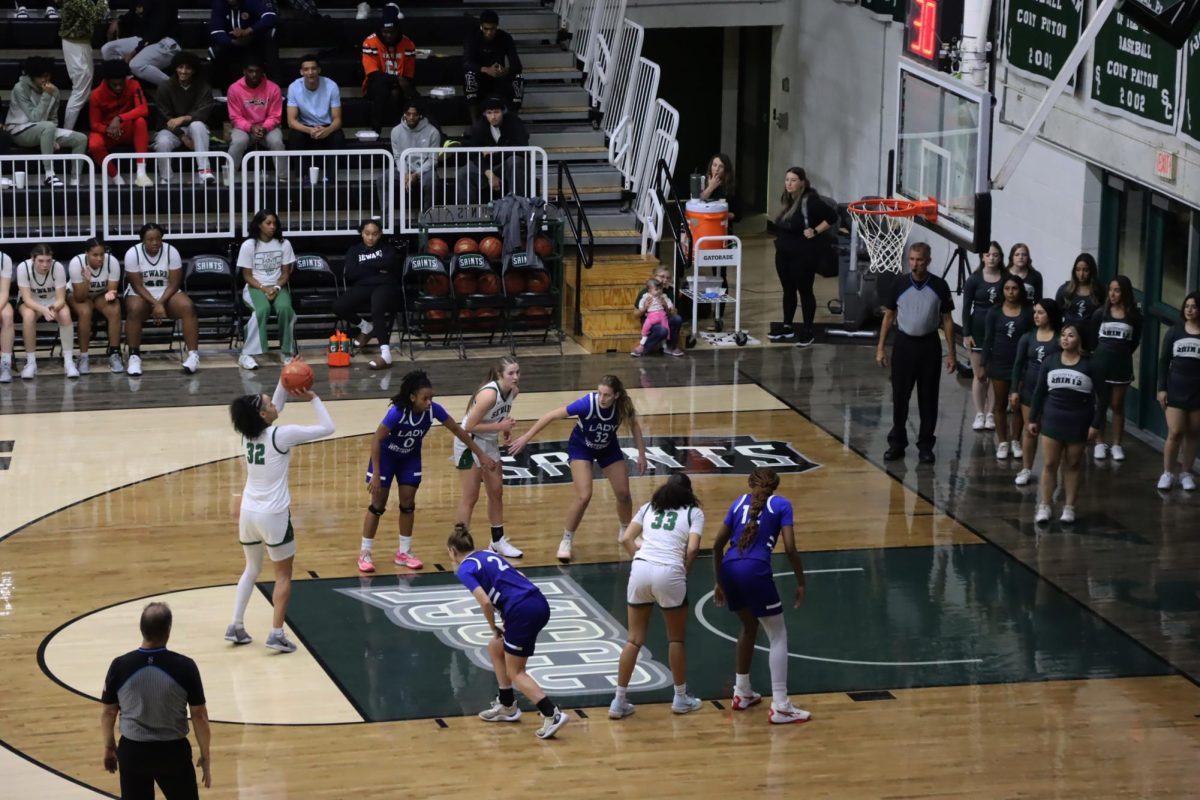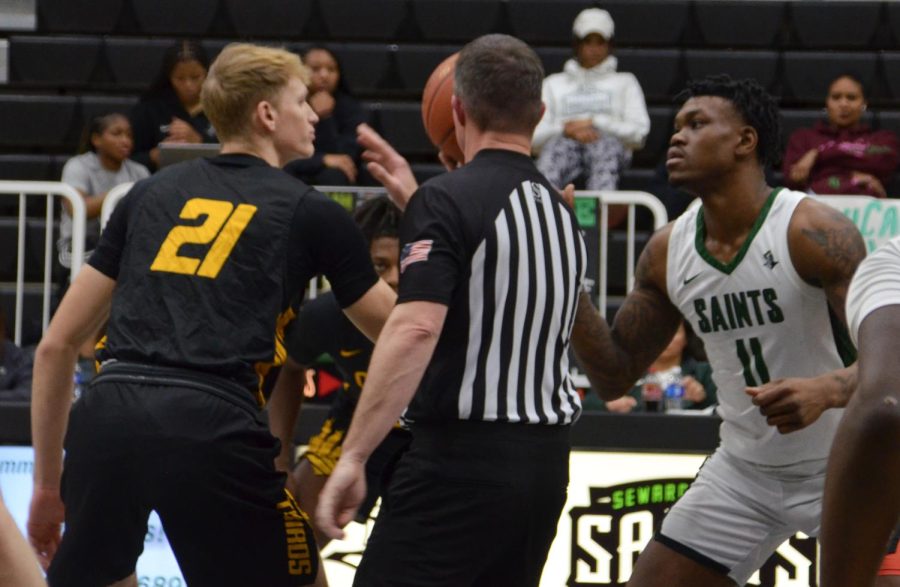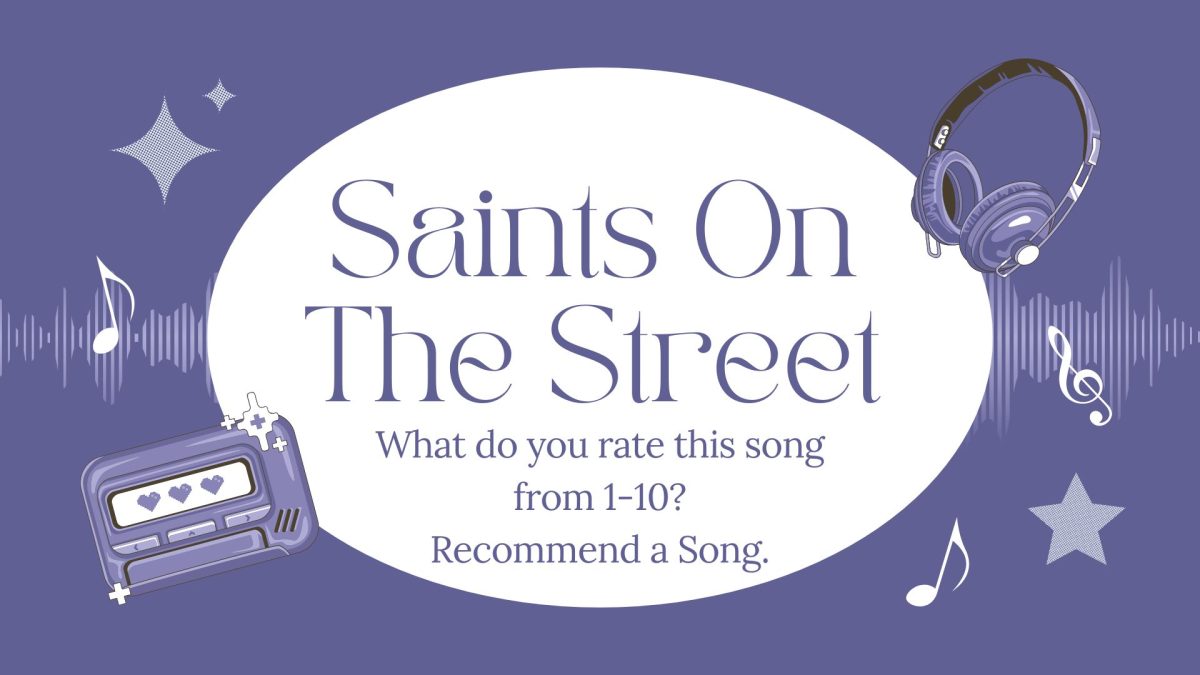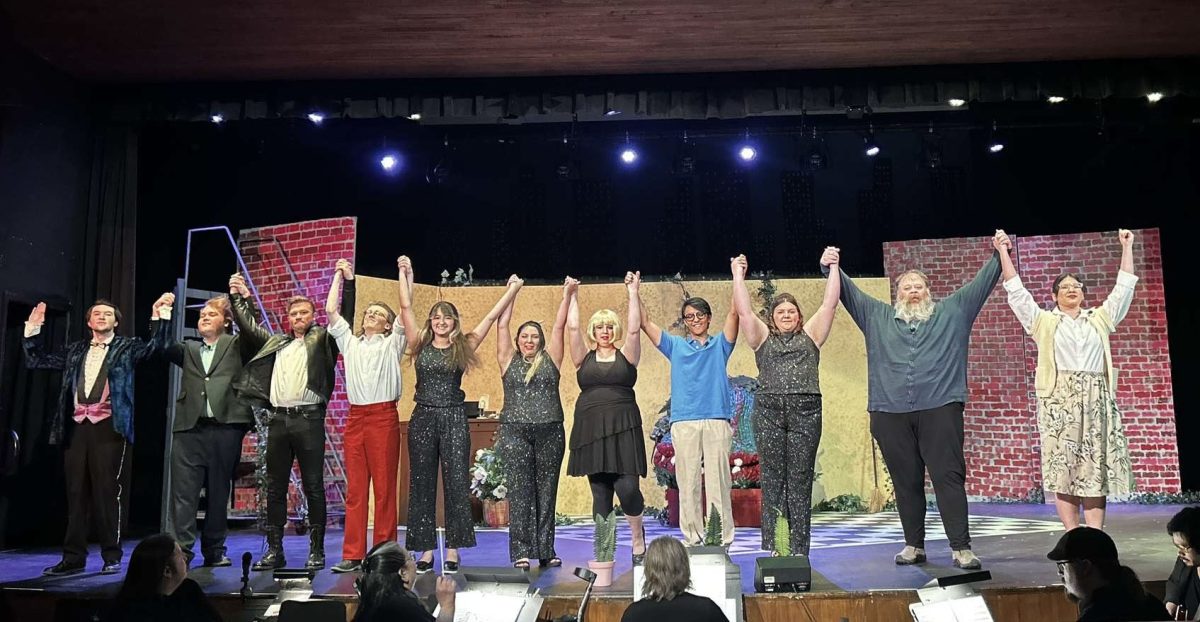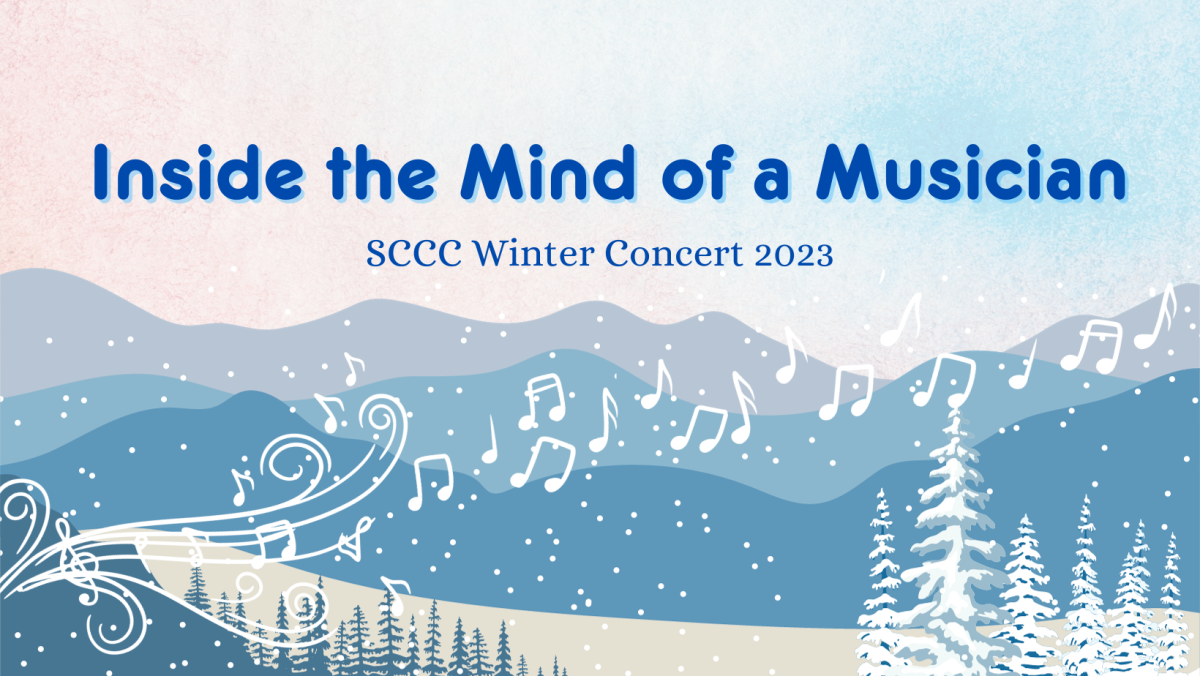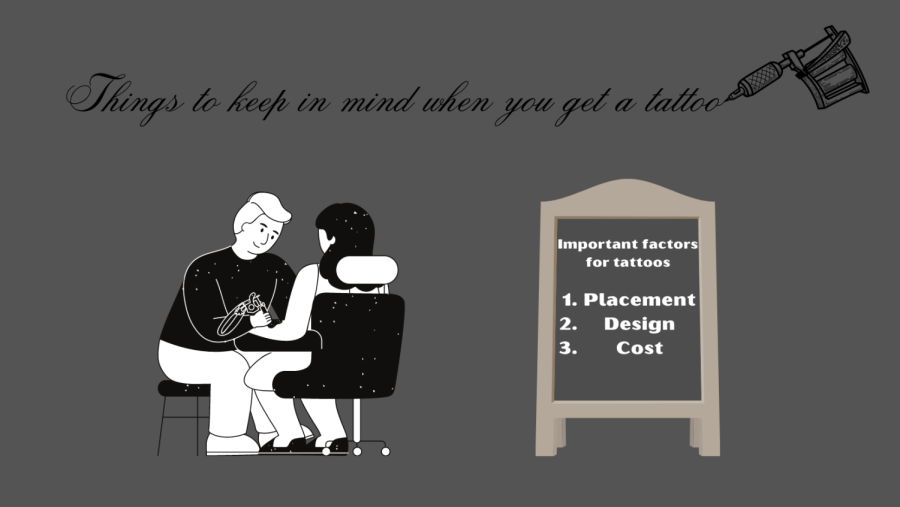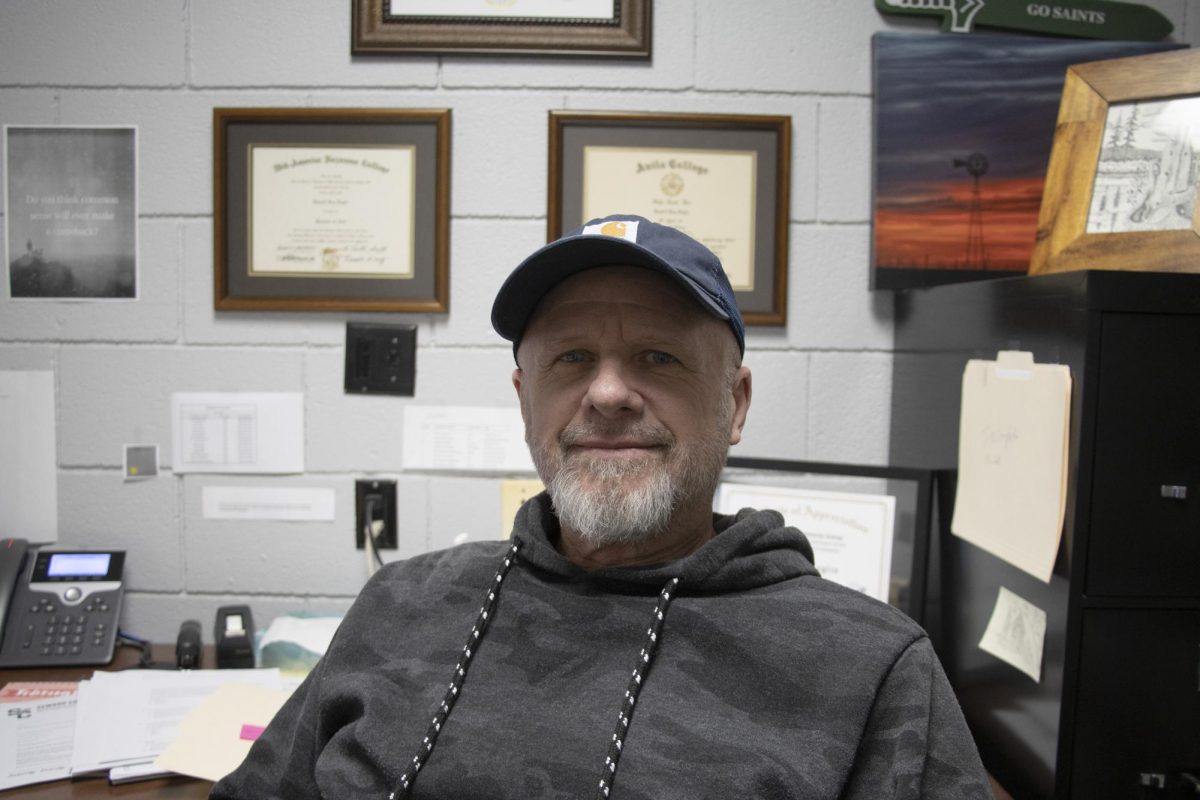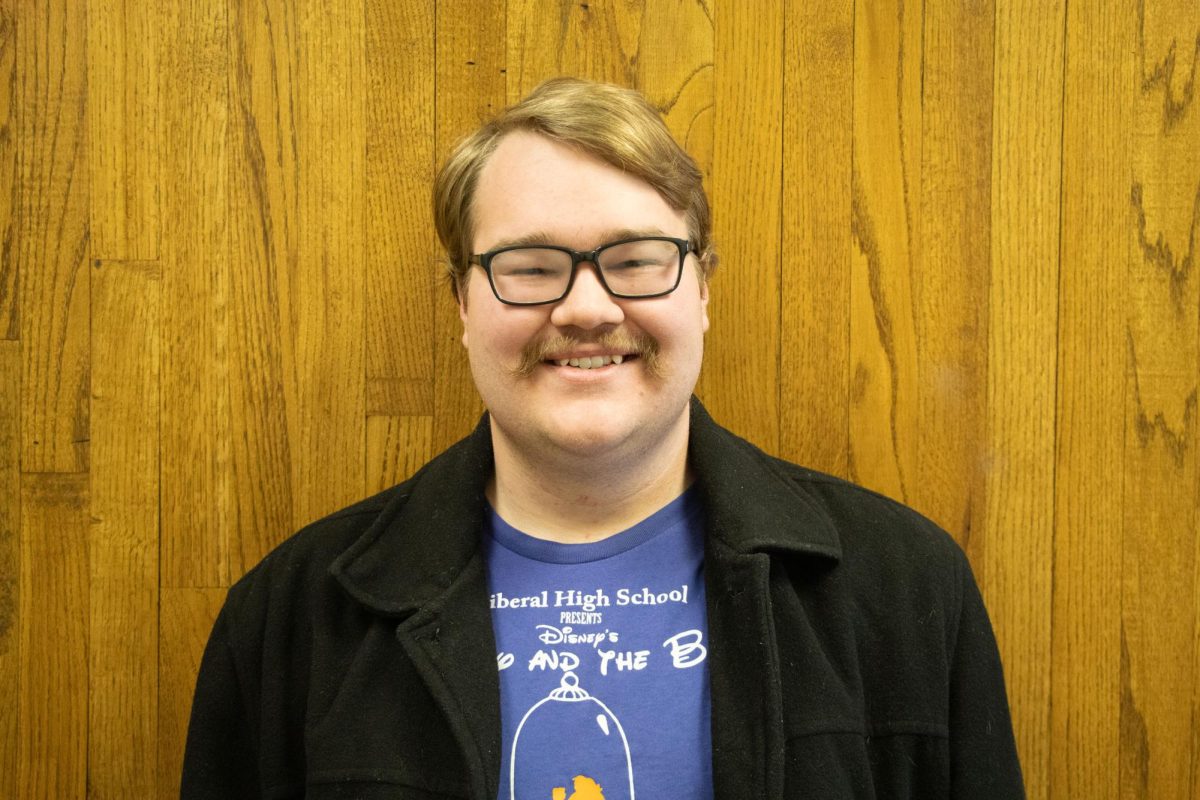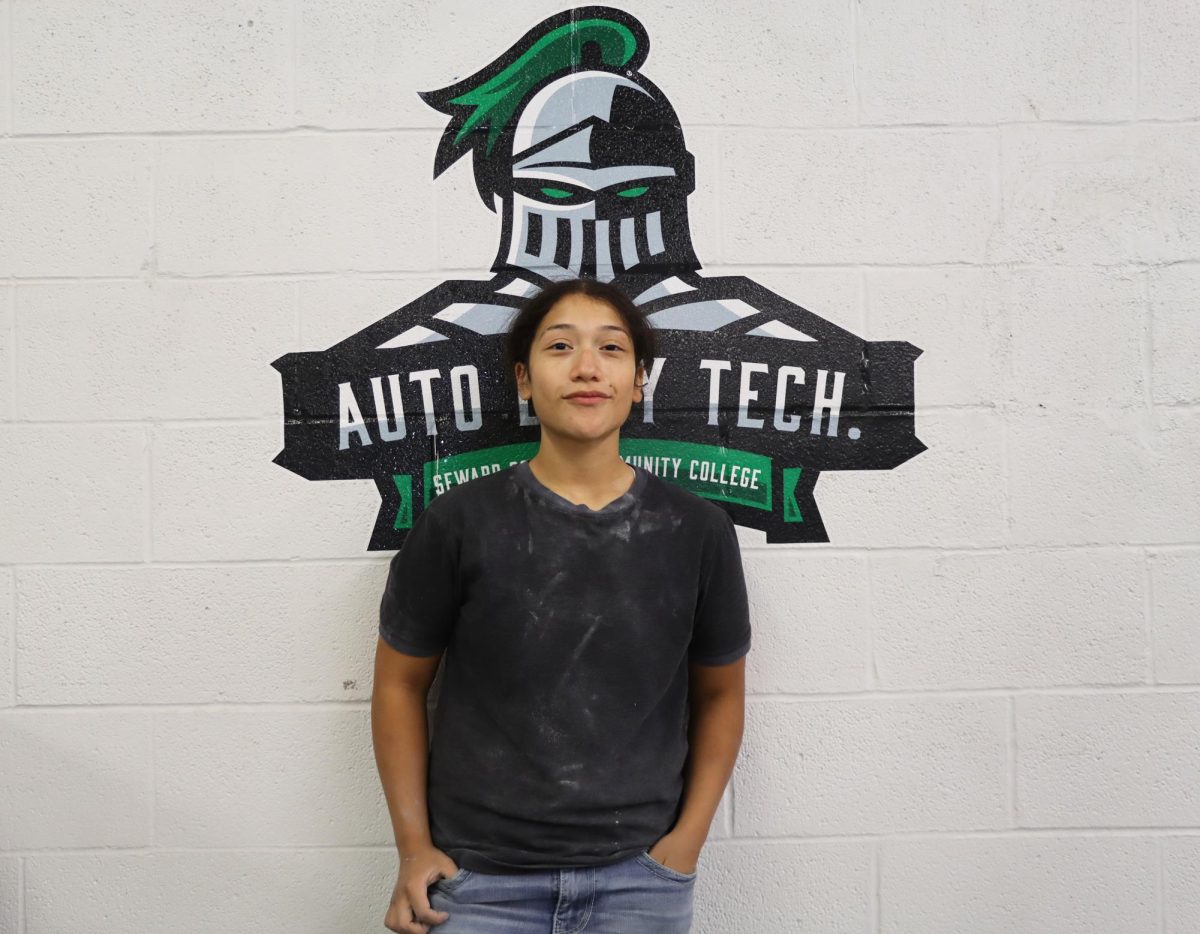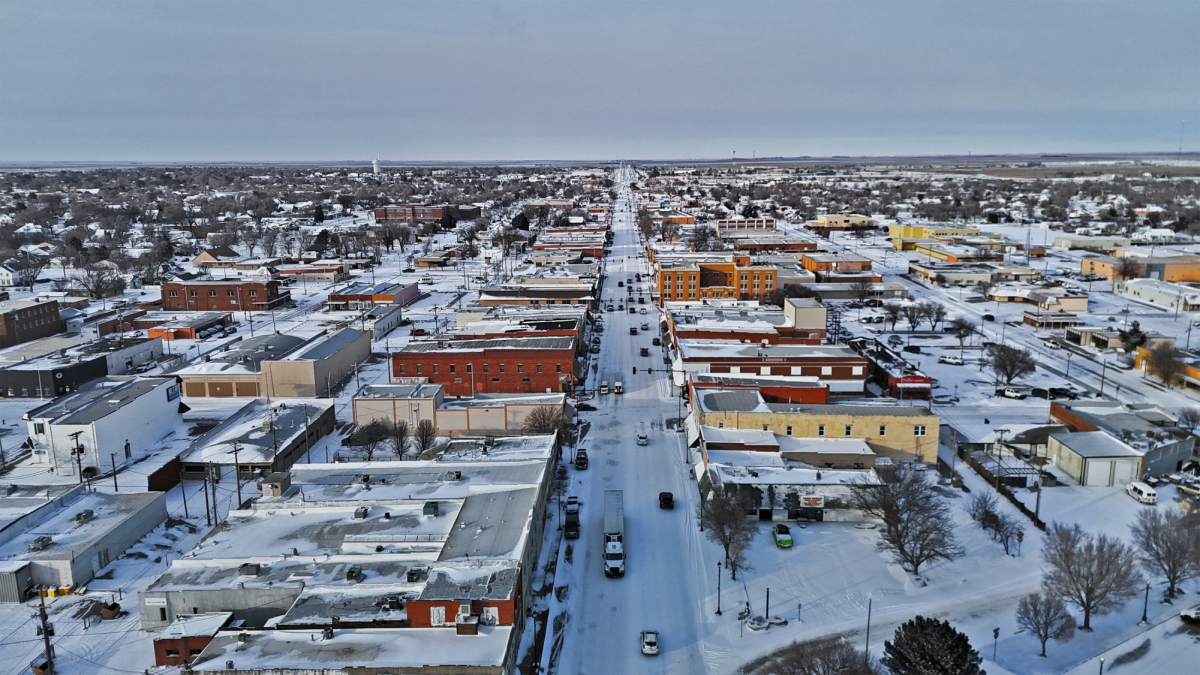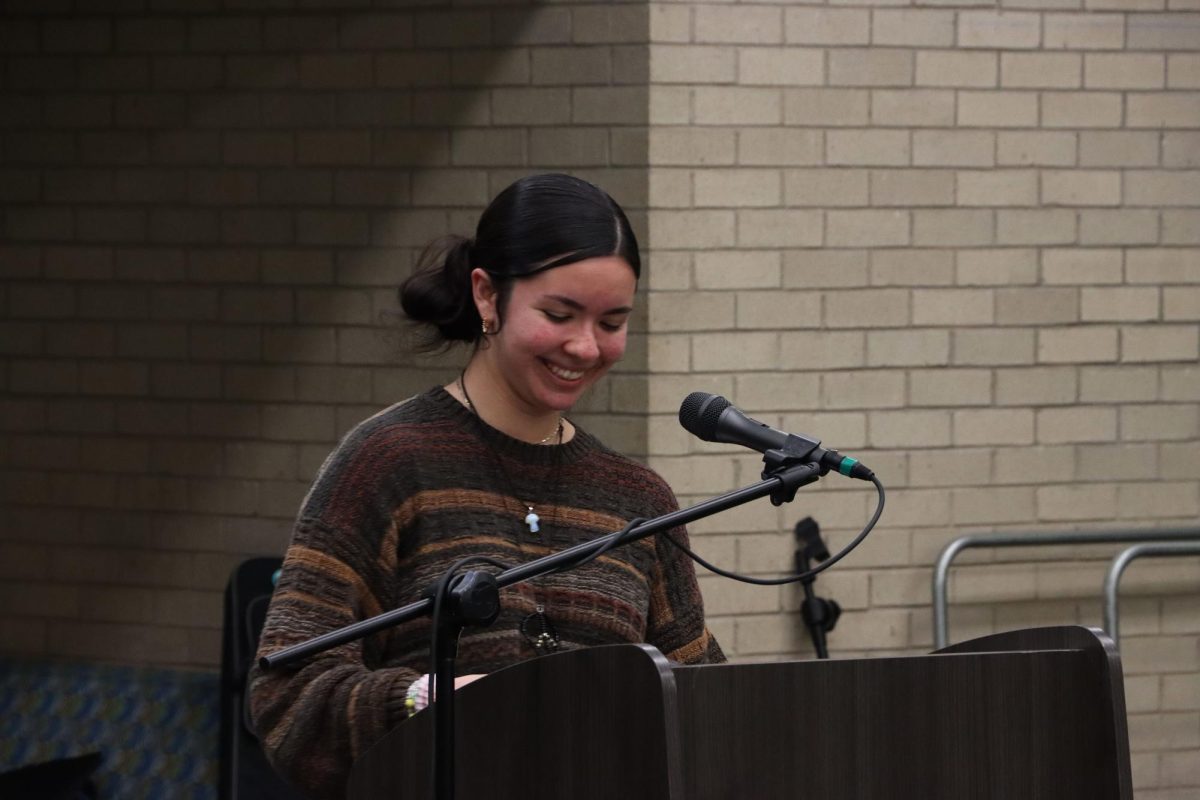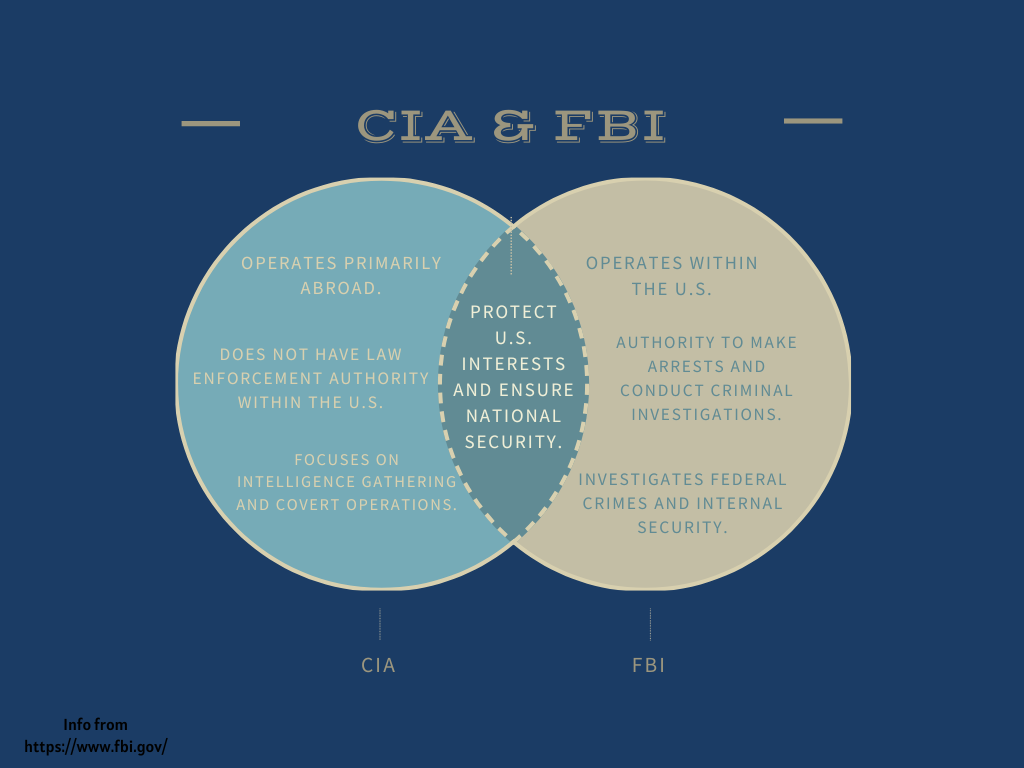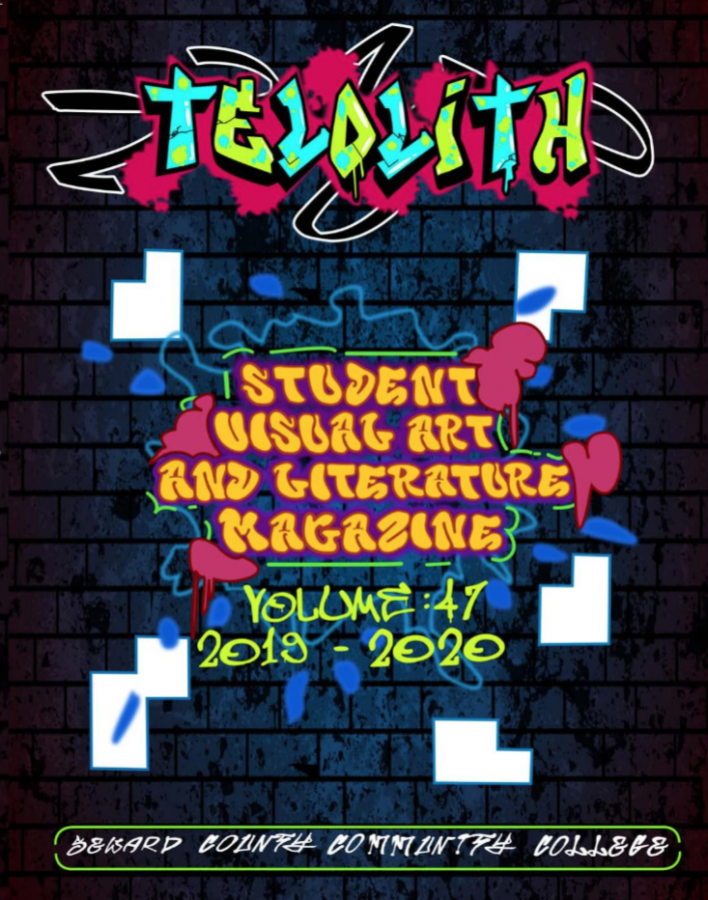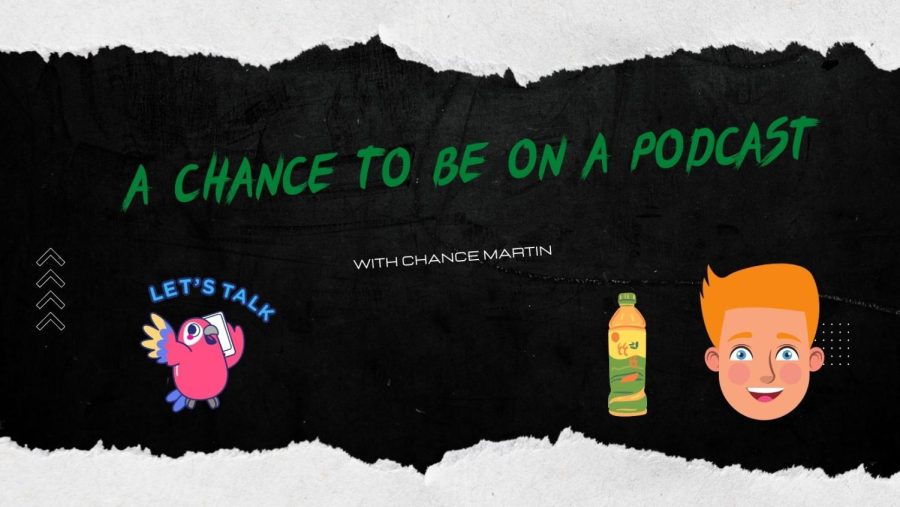From three weeks old to 6 months old, little Caitlin screamed pretty much nonstop. She did not want to be swaddled or rocked, but would feel comforted or secure when placed in a swing and left alone. “The doctors told us that this was just classic colic and that this too shall pass,” Caitlin’s mother Monica Lemmon said. “So, we endured the screaming and arching back and the endless vomiting — hoping, praying and, yes, assuming that it would indeed pass.” Autism. Nearly everyone has heard of autism or knows someone who is autistic. Autism is a developmental disorder that appears in the first three years of life, and affects the brain’s normal development of social and communication skills. According to Google-health, most parents of autistic children believe something is wrong by the time the child is 18 months of age and seek help by the time the child is 2 years old. When Caitlin was about 6 or 7 months old, her mother and grandmother, Dean of Instruction at Seward college, Cynthia Rapp, started wondering why she was not trying to roll over or sit up. When they asked the doctors they simply said, “Some kids just develop at a slower rate.” Since colic and the vomiting passed, Caitlin’s parents felt assured that the doctors were right about that as well. Finally, by the end of the first year, Caitlin could sit up on her own. She would still not roll over and would often wake up in the middle of the night, screaming. “When we would go into her room it was like she was pinned on her stomach and could not right herself,” Lemmon said. “Her eyes would be rolled back in her head, back arched and screaming the most high pitched scream known to man. My father affectionately termed it a sound that mimicked two alley cats fighting.” Children with autism tend to have difficulties with social interactions, pretend play, verbal or nonverbal communication. In some cases, a child may appear fine until age 1 or 2 before they “regress” and lose language social skills they had previously gained. The autistic may be overly sensitive in hearing, touch, sight, smell or taste. They have unusual distress when routines are changed. They may perform repeated body movements and show unusual attachments to objects. The symptoms of autism tend to vary from mild to severe. Monica approached the doctor with more concerns about her daughter. “Why isn’t she trying to talk and crawl, and why does she go into a complete meltdown when I try to take her to play groups or to the store or anywhere that is not our living room?” “You hold her too much, leave her alone and see if she will try to find you in the house,” was the first response. “Take her to daycare so she can practice being with other kids,” was the next. “Some kids just develop slower than others.” Monica began to think, “Hmmm, I think I have heard that one before!” Autism is not as rare as one might think. According to autism-society.org, 1 percent of the population of children in the United States ages 3-17 have an autism spectrum disorder, making that an estimated one in 110 births. About 1 to 1.5 million Americans live with an autism spectrum disorder and it is currently the fastest growing developmental disability with a 1,148 percent growth rate at 10-17 percent annual growth. The cost of autism over the lifespan is estimated to be $3.2 million per person, according to autism-society.org. A college student, who asked not to be identified, went through struggles himself with an older brother dealing with Aspergers, a lesser form of autism. “Ever since I was in elementary school, I knew my brother was a little different,” he said. “He didn’t have many friends, and the one friend that he had was not the norm as well. My brother would get picked on a lot while in elementary, middle and high school, just because people saw him as not being able to react ‘correctly’ to their comments.” In this case, the younger brother wanted to help his sibling. “It really made me mad that people made fun of him, not knowing that he had a slight form of autism called Asperger Syndrome. Even though I sometimes tried to help him in social situations, he was still not able to recognize how to act while around other people. He was and is normal in all other aspects, and I love him.” There is no single cause for autism, but most believe that it is caused by glitches in brain structure or function. CAT scans can show differences in shape and structure of a child’s brain with autism. A number of theories are currently under investigation by scientists and researchers alike, including links between genetics, heredity and medical problems. In some families there are patterns of autism and related disabilities supporting the genetic theory. A single gene that causes autism is yet to be discovered. Mutated segments of genetic code inherited by children with autism are what researchers are currently searching to link. Despite the effects, if caught soon, and treatment is applied, autism can’t be cured, but it can be alleviated. Caitlin, now 5, attends Alpine Autism Center to receive ABA therapy 15 hours a week. She now smiles, talks in sentences and even plays with her peers. “These are all accomplishments made only in the past year,” Caitlin’s mother writes. “And while she still has many stairs to climb and shoes to tie and people to meet and feel comfortable around, I have no doubt she is overcoming her disorder. Caitlin has autism, but it no longer has her. She is recovering and learning how to learn. Learning how to play and interact and be the joyful, exceptional little girl that I knew was inside of her.” As a parent, Monica Lemmon has a message for others: “Never give up hope. Never stop trying for more. Never stop pushing, even when they push back.”




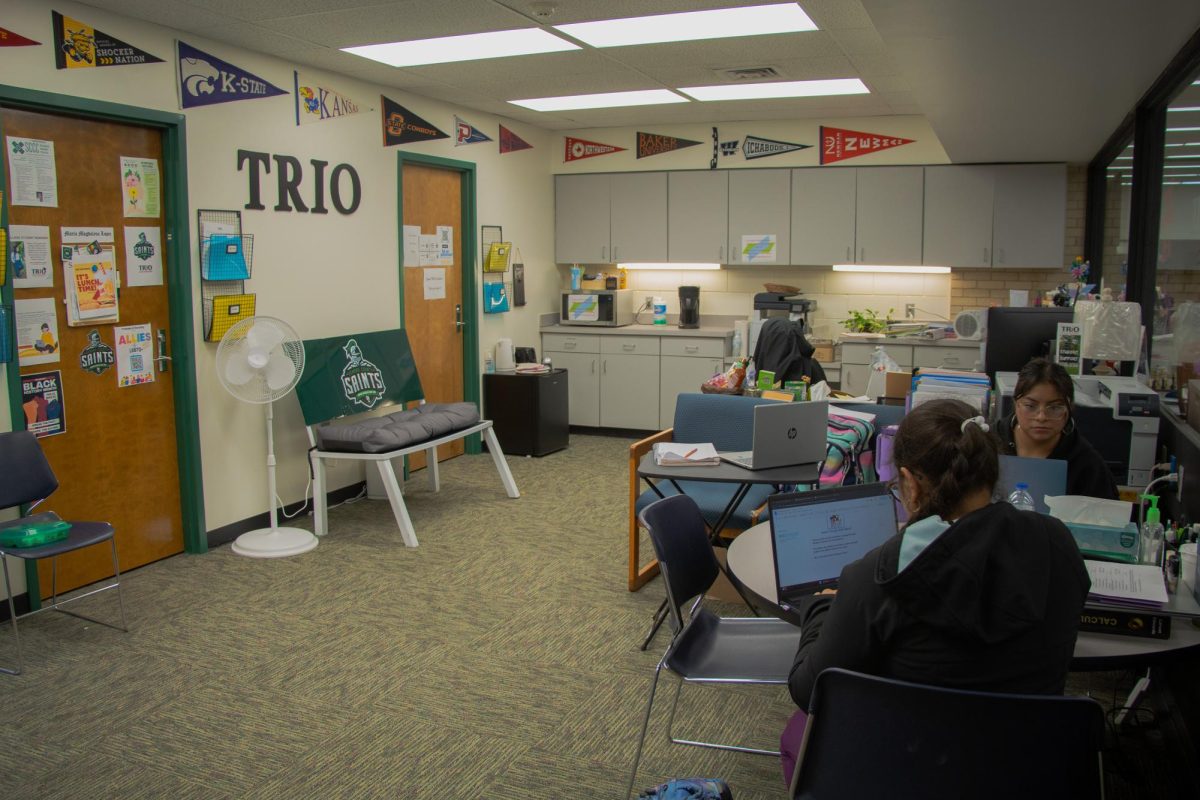


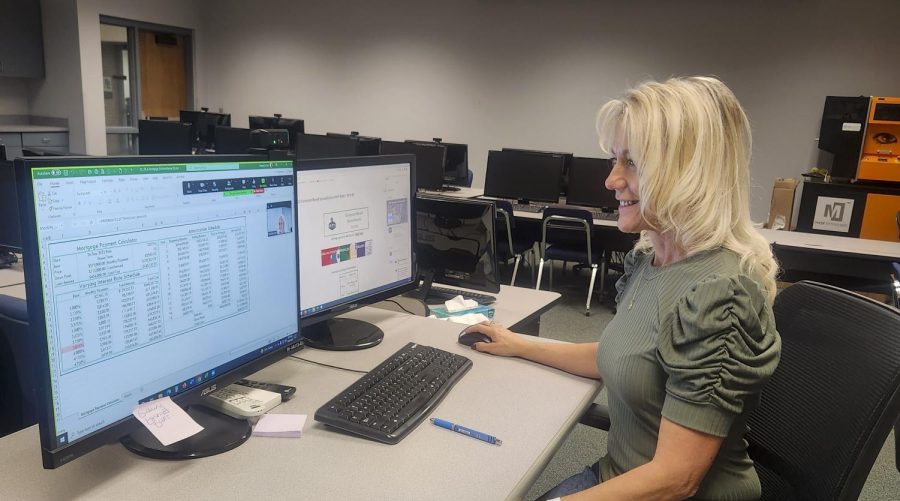


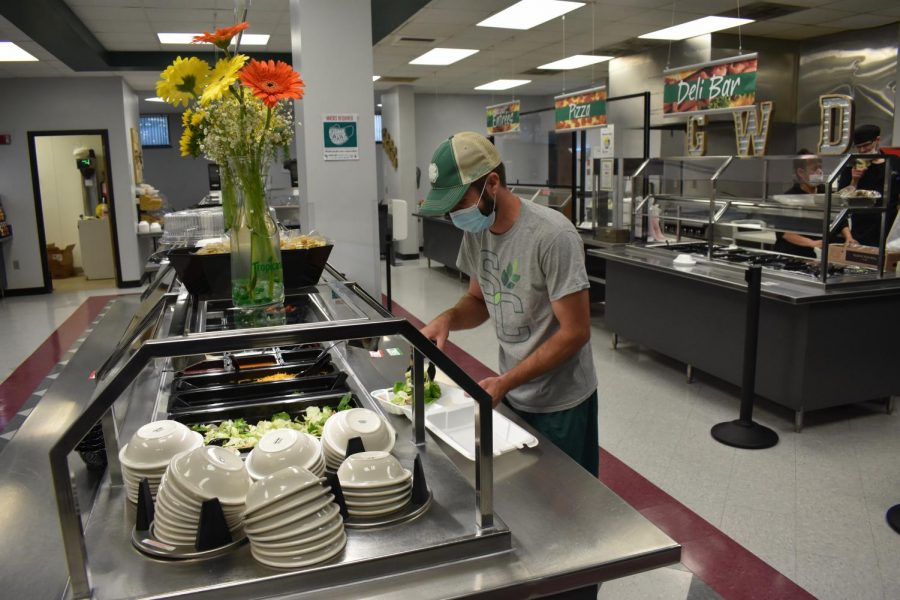




![The sophomores were recognized on the field instead of walking across the stage during their doubleheader. They received their diplomas and a picture of themselves playing during their career at Seward. [Pictured left to right are Dylan Day, Reed Thomas, Jase Schneider, Mason Martinez, Gannon Hardin, Brody Boisvert, and Zach Walker]](https://crusadernews.com/wp-content/uploads/2022/05/WEBDSC_0275-900x454.jpg)




